Buy 2 FDCK Online
$107.00 – $4,240.00
2-Fluorodescholoroketamine is a chiral molecule and is often produced as a racemate. Des- is a prefix used in chemistry to denote the absence of a functional group (in this case “chloro”)
2-FDCK: What You Need to Know About This Dissociative Research Chemical
In the ever-evolving world of research chemicals, 2-FDCK has emerged as a popular compound among researchers exploring its properties. This article will delve into what 2 FDCK is, its potential uses, legal status, and important considerations for those interested in studying it. Whether you’re a seasoned researcher or just getting started, understanding the basics of 2-FDCK is crucial.
What is 2-FDCK?
2-FDCK, short for 2-Fluorodeschloroketamine, is a synthetic dissociative substance from the arylcyclohexylamine family, closely related to ketamine. Ketamine, a widely known anesthetic and dissociative drug, has been used in both medical and veterinary settings for decades. However, 2 FDCK differs slightly in structure due to substituting a fluorine atom, which is believed to alter its pharmacological effects.
Because of its structural similarity to ketamine, 2 FDCK is sometimes called “ketamine’s cousin.” Researchers are particularly interested in studying how this chemical’s molecular changes may impact its dissociative and anesthetic properties.
Potential Uses of 2 FDCK in Research
2-FDCK has gained traction in the research community due to its similarities to ketamine. While it is not approved for human or veterinary use outside of controlled settings, there are several areas of interest in the research field:
- Dissociative Effects: Like ketamine, 2-FDCK is thought to induce dissociative states, where users may experience detachment from reality, altered perception, and introspection. Researchers are exploring these effects in controlled environments to better understand the neurological and psychological mechanisms involved.
- Anesthetic Properties: The compound’s structural similarity to ketamine has prompted investigations into its potential as an anesthetic. However, its potency and safety profile in comparison to ketamine require further study.
- Mental Health Research: Given the success of ketamine in treating depression and PTSD, some researchers are looking into the potential of 2-FDCK for similar therapeutic applications. However, any clinical use would require rigorous testing and regulatory approval.
Legal Status of 2-FDCK
The legal status of 2 FDCK varies by country, and researchers must remain informed about local laws before obtaining or studying the substance.
- In the United States, 2-FDCK is not currently scheduled at the federal level. However, it may fall under the Federal Analogue Act if intended for human consumption, which makes it illegal in certain contexts. States may also have their own regulations.
- In Europe, some countries like the UK have classified 2-FDCK as a controlled substance, placing it in the same category as ketamine. Other countries may have different laws, so checking local regulations is essential.
- In Canada and Australia, 2-FDCK is also considered a controlled substance, making it illegal to possess or distribute without a proper license.
Given the dynamic nature of drug legislation, researchers need to stay updated on legal changes related to 2-FDCK.
Safety Considerations for Researchers
Due to the limited information available on 2 FDCK, researchers should approach this compound with caution. Like other research chemicals, there is a potential for unforeseen side effects, particularly because of its dissociative properties.
Key safety measures include:
- Proper Dosing: The effects of 2-FDCK at different doses are not yet fully understood, and overdosing could lead to dangerous dissociation or other adverse reactions.
- Laboratory-Grade Equipment: Researchers should use high-quality lab equipment and conduct studies in a controlled environment to minimize risks.
- Professional Oversight: When possible, studies should be carried out under the supervision of experienced professionals to ensure both the integrity of the research and the safety of those involved.
Final Thoughts on 2-FDCK Research
2-FDCK represents an intriguing frontier in dissociative and anesthetic research. While its close relationship to ketamine has made it a substance of interest, its effects, safety, and legal status are still being explored. Researchers must conduct studies responsibly, ensuring compliance with local laws and adhering to strict safety protocols.
With further research, 2-FDCK may shed light on new therapeutic applications or deepen our understanding of the brain’s dissociative mechanisms. However, until more is known, researchers should approach this compound with respect and caution.
For those interested in staying updated on 2 FDCK and other research chemicals, following reputable sources and scientific publications is essential. The future of dissociative research holds great promise, and 2-FDCK may play a key role in that journey.
Frequently Asked Questions (FAQs)
1. Is 2-FDCK the same as ketamine?
No, 2-FDCK is a fluorinated analogue of ketamine, meaning it shares a similar structure but with key molecular differences. These differences could result in variations in its effects and potency.
2. Is 2-FDCK legal to buy for research?
The legality of 2-FDCK depends on your location. In some countries, it is legal for research purposes, while in others it may be classified as a controlled substance. Always check local laws before purchasing.
3. What are the risks of studying 2-FDCK?
As with any research chemical, the primary risks include potential unknown side effects, safety concerns regarding proper dosing, and legal implications. Researchers should prioritize safety and legality when working with this compound.
Why Buy 2 FDCK From Us?
- 24-hour Live Chat immediately ask any questions, if you’re unsure of anything at all
- Various Payment options to suit your needs
- You do NOT need a Prescription to order from us.
- Our customers leave genuine reviews which allow you to buy with confidence
| Weight | 1kg, 50g, 100g, 500g |
|---|
1 review for Buy 2 FDCK Online
Add a review Cancel reply
Related products
Research Chemicals
Research Chemicals
Research Chemicals
Research Chemicals
Research Chemicals
Research Chemicals
Research Chemicals
Research Chemicals


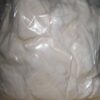
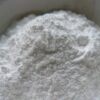

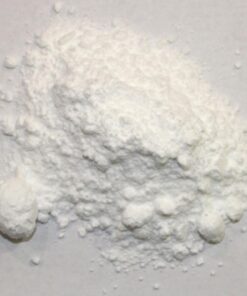
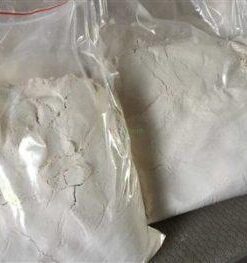



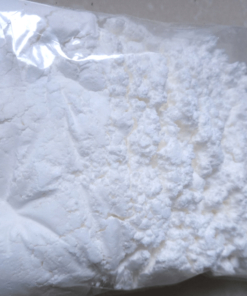



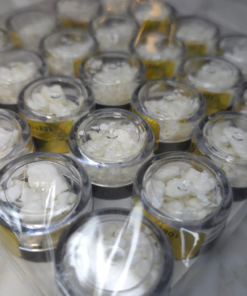
 WhatsApp us
WhatsApp us
Pop Smoke –
Wow delivery was swift! i didn’t expect it so soon